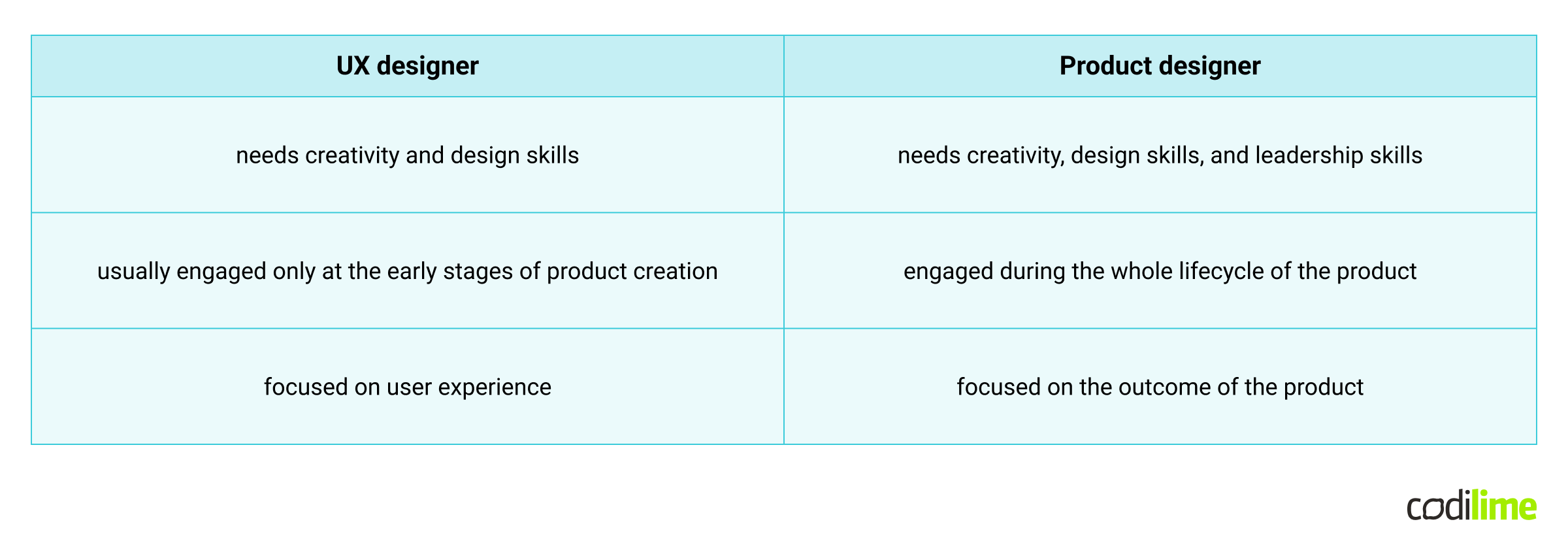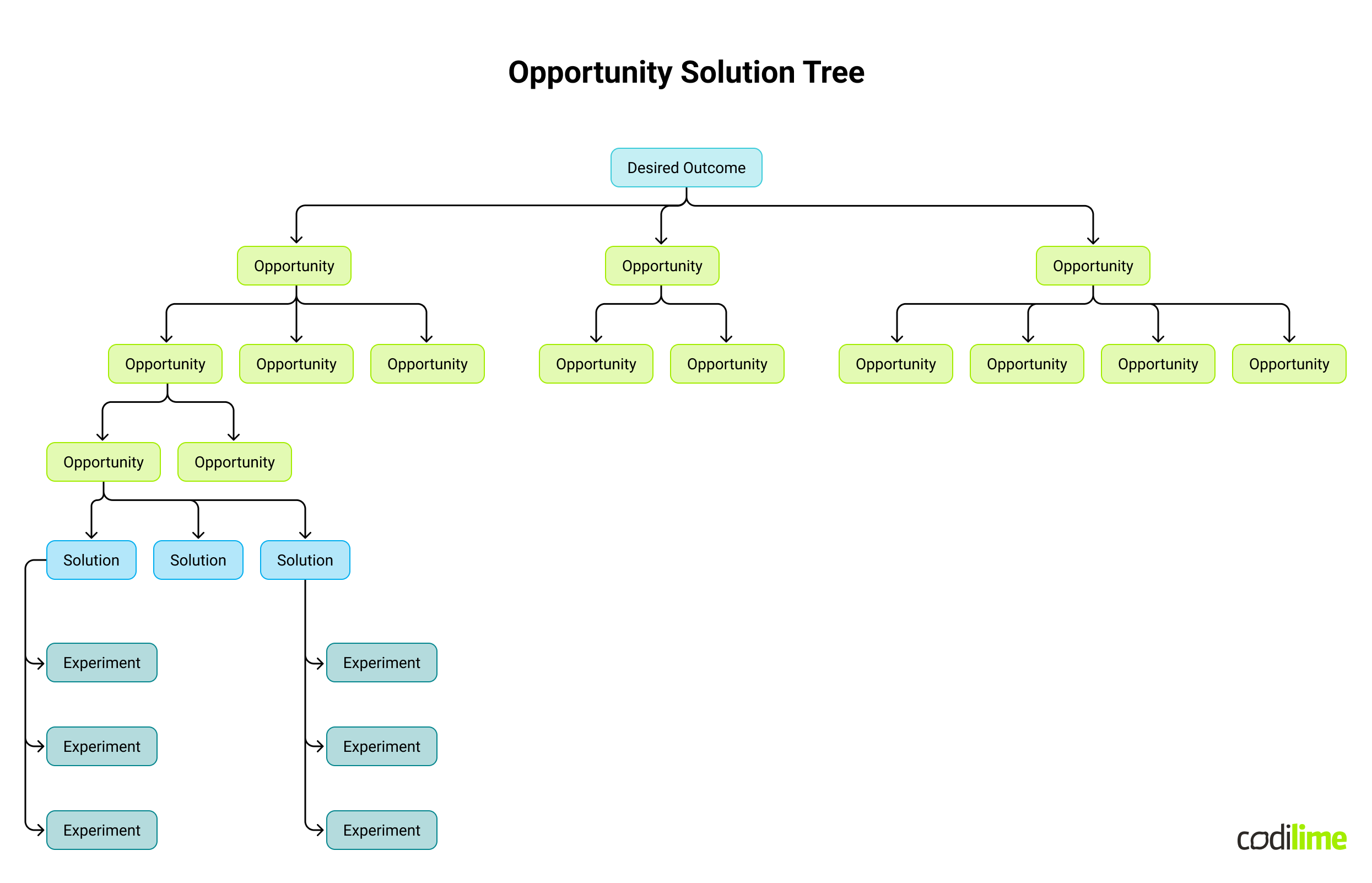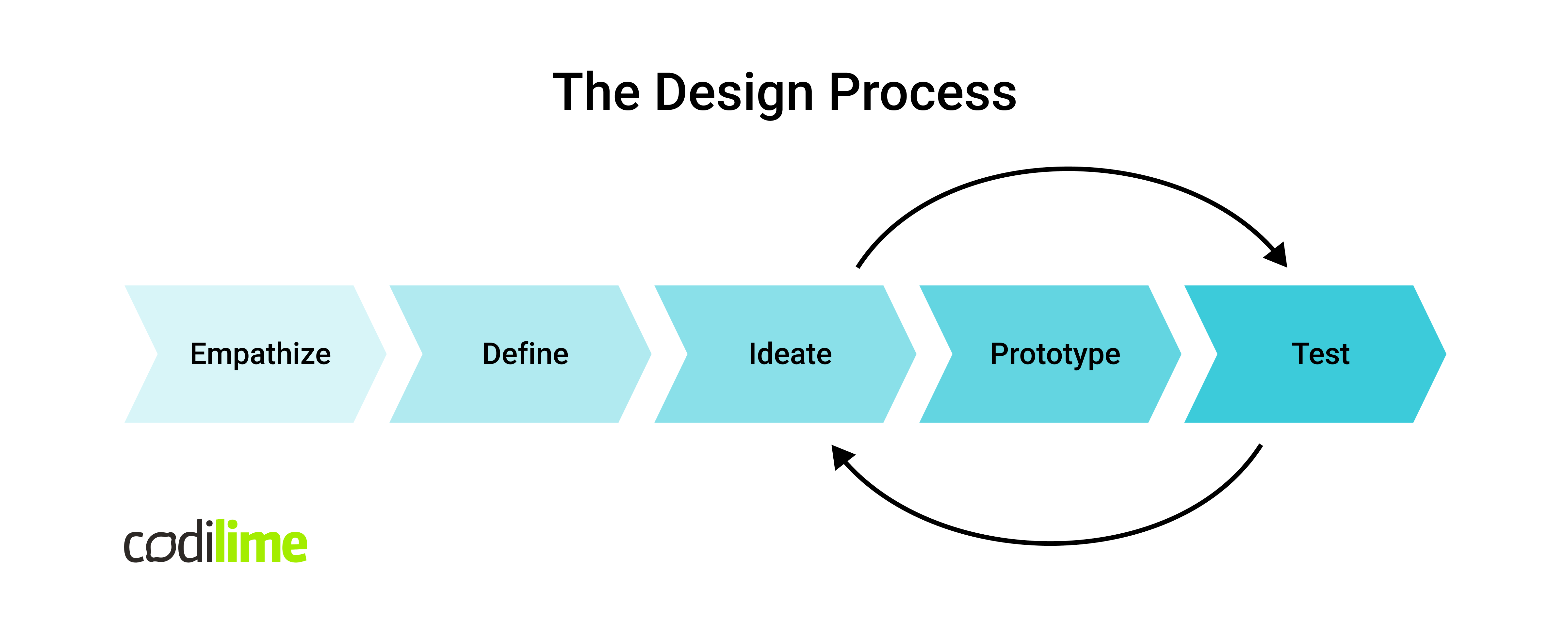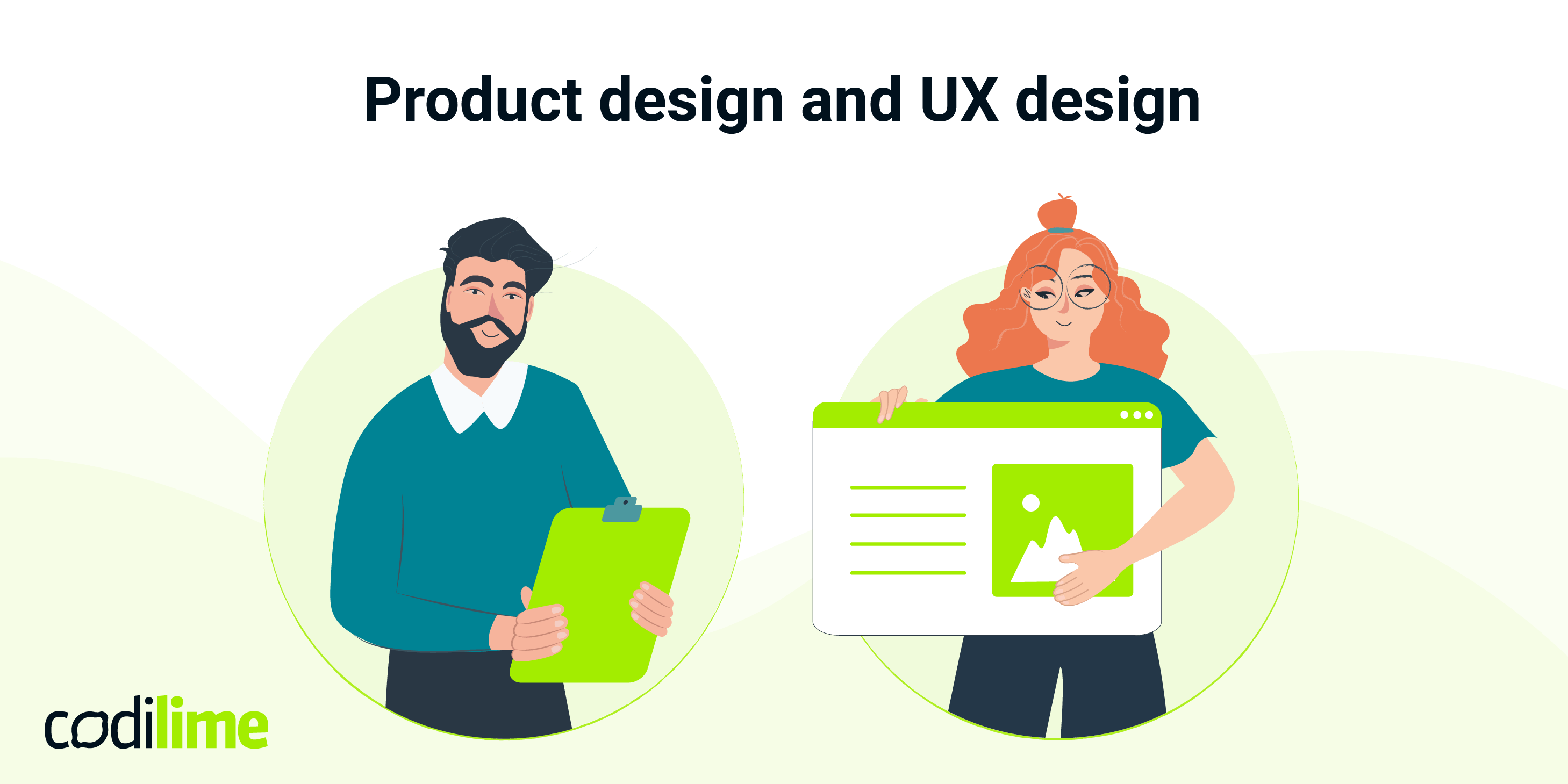The creation of a product, whether physical or software, is a challenging process. It is complex and consists of many stages. It also requires a team of various experts, each of them having a different set of skills and experience. Sometimes the positions might seem similar, almost the same even. Especially in the digital design realm, the responsibilities of particular individuals might overlap, which surprisingly could empower this complex and hard process.
There are a lot of misconceptions surrounding the responsibilities of product designers and UX designers. Sometimes these two titles are used interchangeably, but there is a significant difference between them. They focus on different processes and have different approaches to their work. In this article, we will discuss both of these processes, their similarities, and their differences. Read on to find out which one is a better fit for your project.
UX design vs product design - A comparison
User experience (UX) design and product design are both components of the product development process, and while they have certain similarities, there are also key differences between them.
Focus
The primary goal of UX design is to create an excellent user experience for the product's intended audience. It entails comprehending user requirements, creating interfaces, and conducting usability testing. Product design, on the other hand, is concerned with designing the complete product experience, which encompasses the product's physical and digital features and strategic decisions regarding its market, price, and distribution.
Scope
UX design is a branch of product design that focuses on the user experience. It includes building user processes, designing user interfaces, and performing user research. Product design, on the other hand, includes a larger set of tasks such as market research, product development, and branding.
Tools and techniques
Wireframes, prototypes, and user testing are commonly used by UX designers to construct and enhance user interfaces. Personas and user journey maps are also used to better understand user demands and behaviors. Product designers, on the other hand, employ a number of tools and techniques to build the physical and digital components of the product, such as product sketching, 3D modeling software, and product testing.
Skills
User experience designers often have experience in user research, interaction design, and information architecture. They understand human behavior and how people engage with computer interfaces. Product designers, on the other hand, require engineering, product management, business operations, and knowledge of market trends and customer behavior. They must be able to design products that are not just useful but also scalable and marketable.
Here, you can check our product design services.
Product designer vs UX designer - the differences
To summarize the difference between product designers and UX designers, let’s look at how they evaluate their work.
Scope of work
To judge their results, a product designer would ask themself: Is this product useful to the market by providing value to users?
On the other hand, a UX designer would wonder: will it be easy and intuitive to use this product?
These minor differences are often overlooked by hiring managers. Usually, when differentiating between UX or product designers, the deciding criteria is the scope of work.
Project approach
UX designers are expected to be creative and contribute to their part of the project. Product designers also need leadership skills - they often take ownership of the design process.
Project enrollment
Product designers are usually included in the whole lifecycle of the product, including the discovery phase, but also upcoming releases and updates. More often than not, UX designers work mostly with product creation at the first stages of the SDLC. Once deployed, they’re rarely included in the upcoming updates, but this also differs based on the scope of work and expectations.
Main focus
Product design is focused on the outcome of the product through an extended discovery phase. UX design is focused on the user’s experience of this outcome.

In other words, product designers should have a wider set of skills and more responsibilities than UX designers. It is usually reflected in their compensation.
What is product design?
The first approach to designing a product is called product design. It is a process of creating a new product that answers the customers' needs. This process consists of research, prototyping, and testing. The main focus is on customer preferences, habits, frustrations, and behaviors.
The product design process results in a product that is easy to use and answers real users' needs. In the case of software products, usable and intuitive design is achieved not only by the visual components of the product. The system and all other backend elements of the product play an equally important role in how it performs and how the customers receive it.
The process of product design
Product design is a process that can be broken down into smaller steps. The number of these steps in different publications usually varies from three to ten, and they’re named differently. While the names and the specificity may change, the principles and the order of the steps stay the same. They can be based on such methodologies as design thinking or double diamond. It all depends on the specifics of the product and the team’s or client’s preferences.
Let’s take a look at the stages of product design.
Empathize with the user
Empathizing with the user means understanding the people who may need a certain product. It can also be described as identifying a user’s needs, which turns into a market opportunity. This step consists of brainstorming product ideas and discussing different solutions for the problem the product aims to solve.
At this point, it’s important to discover the most desired outcome. You can do that by conducting focus group research and analyzing different types of people that may use your product in the future. Once you have that, you can move on to the next step.
Define the problem
Once you have enough information on the topic, you can precisely define the problem your product is answering. This problem will also be the goal and guide that will help decision-making during the rest of the process. For example, when you have to give up some features due to inflated costs of the project, knowing the problem the product is supposed to solve will help you decide which parts are essential and which are just a nice-to-have additions.
Ideate the solution
It’s time to sketch, prototype, and come up with ideas. The creative forces are full-on during this stage. An important part of this step is potential competition research. Don’t be afraid to compare your ideas to those of your competitors. Some tools helpful in the ideation stage are user journey maps. You can read about them in our article MVP roadmap.
Product designers use the opportunity solution tree to help them find ways to solve problems and develop prototypes.

Prototype
At this point, you are ready to create the first UX prototype of the product. The tools used here include Figma, Adobe XD, and Sketch, supported by Invision. This is the time when the first components and a UX design system come to life.
Test the solution
It’s the last step, but that doesn’t mean it’s the end of the process. Testing the product is a point when you can specify room for improvements. Usually, the product is nowhere near ready after the first iteration of this process. The testing stage provides you with additional information that you should use to go back to the “ideate the solution” step.
Rethinking your ideas and constantly improving the product is the only way to achieve a usable, intuitive, and aesthetically pleasing product that can succeed on the market.
More about product design
Product design is a standard practice in many industries, not only in software development. It is actually the successor of industrial design, the process of designing electronics, furniture, and other physical products.
There is a reason why this approach is widely applicable. It is a user-centered design model. Its principle is to find a problem that consumers face and create a marketable solution. In this process, specialists consider their economic environment (by researching their competitors) while striving to provide a high-quality product.
Product design is a universal guide to creating new things, which should be considered a plus. Most professionals working in the design field are familiar with the principles, and they haven’t changed in years. It’s a good way of finding common ground between the digital product designers, managers, software developers, UX designers, and other experts involved in the process.
The product design process is meant to eliminate bad ideas as soon as possible. It is fast and effective, and business stakeholders should be engaged in it. It can be applied to various projects and, when followed properly, usually results in a high-quality product.
That being said, it’s time to move toward the second approach to design.
What is UX design?
The process of UX design follows similar rules to product design. It also aims to create a high-quality product that answers users' needs. After all, UX stands for user experience. The goal of UX design is to create products that bring positive and relevant experiences to the users.
The UX design process has a less broad range than the product design process. Usually, the specialists in this field focus on a more specific bit of the whole product creation process than a product designer would.
The process of UX design
The process of UX design can be described in the same steps as the product design process:
- Empathize with the user
- Define the problem
- Ideate the solution
- Prototype
- Test the solution.

UX designers spend a lot of time on user research. They usually emphasize the first step - empathizing with the user. They create sketches, maps, mockups, and prototypes; they conduct research and verify their ideas with users' expectations.
At each stage of the process, the focus is on bringing value to the user. Each action they take is supposed to create a valuable experience for the customers.
Just like product design, UX design is focused on delivering a high-quality product. The difference is that in the UX approach, this happens through delivering usability to all a product's functionalities.
More about UX design
UX design can bring significant value to the product. The focus on the end user can improve customer satisfaction.
A significant drawback of devoting to the whole UX process is that it is quite time and cost-consuming. On the other hand, you save time by not developing unnecessary functionalities that have no value for a user. The rules of user experience are quite strict and must be applied to all, even the most minor parts of the project. It also requires a lot of prior research and excessive testing.
But at the same time, implementing the UX process from the beginning of product development can save expenses. It is certainly easier to take UX into consideration when the product is just being created than in the case of fully-fledged software that needs to be improved. It is also possible but needs more work from the entire team.
The similarities between product design and UX design

- Both product design and UX design aim to create a useful product that will answer users’ needs and succeed on the market.
- They are both based on different design methodologies and follow similar steps.
- UX designers and product designers use mostly the same tools, and the effects of their work are similar, for example, research results, sketches, lo-fi or hi-fi mockups, and prototypes.
- They may come from similar backgrounds, and both of these roles require creativity and design skills. However, product designers are supposed to work extremely close with both clients and users, and that’s why they also need interpersonal skills.
The number of similarities between these processes might make you think they are the same. But there are significant features to each that let us differentiate between them.
Should you pick product design or UX design?
The importance of the product's appearance is unquestionable. While developing a software product, it’s important to provide the team with experts in various fields.
The choice between a product designer and a UX designer is an important choice that depends on the specifics of the project.
A crucial thing to consider is the product’s maturity. If the progress is at its earlier stages (ideating the solution), a product designer would be the best fit. If the product is in the improvement stages, a UX designer would be more valuable.
Conclusion
Of course, this is not a one-size-fits-all situation. There are many other criteria you should consider, such as team structure, project size, budget, and many others. However, no matter which one you decide to choose, it’s important to include UX in your product. It is a standard practice in software product development and ensures the result of your work is functional, usable, and user-friendly - and these are all the reasons why users will love your product.








